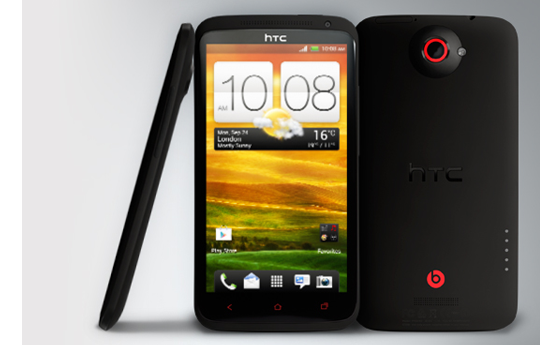HTC One X+ Review
Introduction
HTC One X+ is a successor of HTC One X – it is an upgraded version of the device, which wouldn’t otherwise do well in the mobile battle of the last quarter of 2012. HTC One X was the first device to come out with a quad-core processor last spring. In USA it was shipped with a dual-core Snapdragon S4, though. What is improved in HTC One X+ and is it worth considering? Let’s find out.
Design
The chassis of HTC One X+ has taken after HTC One X – it is still unibody, curved and made of polycarbonate. The phone is easy to handle and another reason for this is the cascading side bezel. The polycarbonate body makes the smartphone light and thin enough (134.36×69.9×8.9mm) and there is a soft-touch finish to resist slipping. There are three colour versions as with HTC One X – white, grey and black and the latter is a magnet for fingerprints. The keys under the screen are capacitive and coloured in red to match the overall design of the phone. The power button and the volume buttons are flush with the surface, which on one hand prevents accidental press, but on the other makes it hard to use them while not watching.
Display
HTC One X+ uses the same display as One X – 4.7’’ S-LCD. The resolution is HD (720p) and there are 312 pixels per inch. All this guarantees a high-quality picture with a lot of details and crisp text. One of the best features of this phone is its high brightness, which can be compared only to a few other devices like Galaxy SIII, Galaxy Note II, LG Optimus 4X HD etc. These devices, however, have high screen reflectance, which makes their performance outside worse than that of HTC One X+ (only Note II stands some chances).
Hardware
HTC One X+ employs a better processor than its predecessor. Now the device comes with quad-core processor at 1.7GHz rate (NVIDIA Tegra 3+). The GPU is also improved – from 416MHz to 520MHz. All this makes the phone able to compete with the high-end devices on the market. However, if exploited too much, it becomes hot, especially around the camera areas, which is not rather comfortable and nice. The operative memory is 1GB, which is like a step back, compared to the high-end devices, but the phone still functions perfectly well. From the 64GB storage capacity, about 56 is available for the users, which is a great plus compared to HTC One X, especially as we speak of a device that doesn’t support memory cards. Speaking of connectivity, besides the usual ways to connect, the device supports 4G. All these parts are supplied with energy by the 2100mAh battery.
Camera and Software
The camera is 8MP shooter with aperture f/2.0 and LED flash. It captures Full HD pictures and videos, and there’s nothing special about it, especially if compared to the beasty camera of Xperia Z. Of course, there also is a front camera at 1.6 MP. HTC One X+ comes with Jelly Bean and, of course, HTC Sense 4+. The Project Butter makes everything run smoothly and the system is kept clean and precise. You will find a better gallery than in a HTC with Sense 4 and some other things tuned up, but otherwise it is the well-known comfortable system of HTC. God bless it!
Conclusion
HTC One X+ is a competitive high-end device and could be a rival to Samsung Galaxy SIII, Note II and other devices of the class. However, there are some more things to get better, for example to improve the camera and add more RAM. All in all, the device is worth considering and let’s hope that HTC will make something even better next time.







